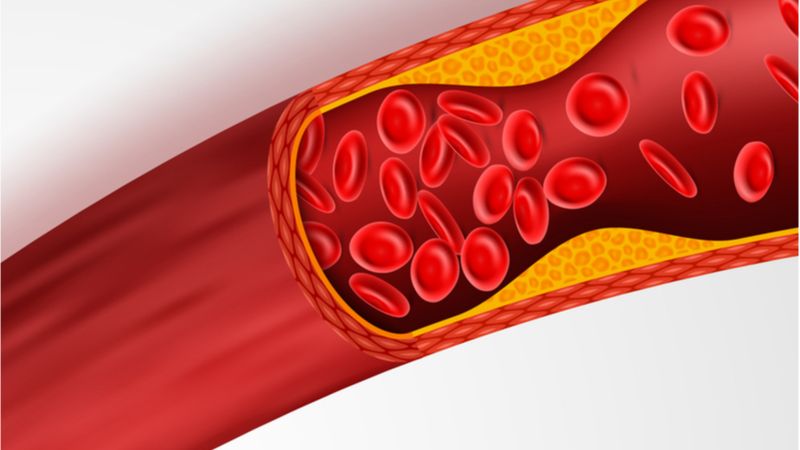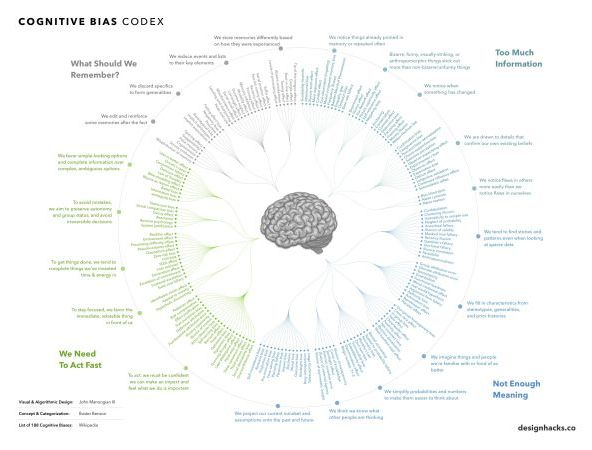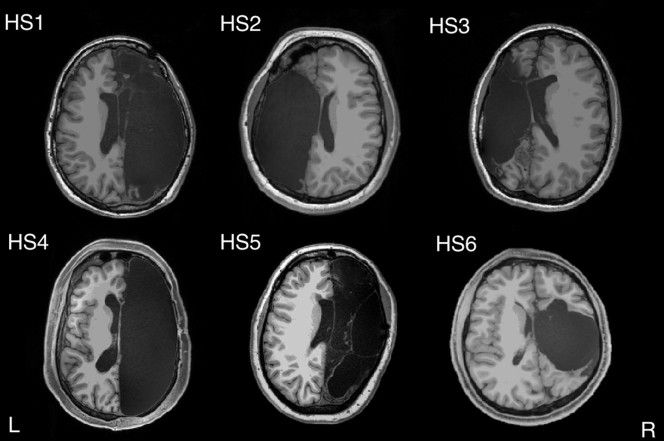A particularly harmful byproduct of oxidized cholesterol appears to be a primary cause of atherosclerosis and a therapeutic target ripe for the taking. A new review takes a look at 7-ketocholesterol and its role in aging and disease.
A new review exploring 7-ketocholesterol
We recently reported on the launch of Underdog Pharma, a new startup biotech company that was spun off from many years of research at SENS Research Foundation and is focused on the problem of 7-ketocholesterol.









